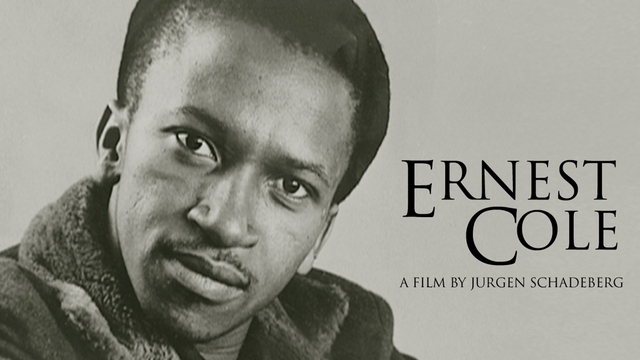Ernest Cole
The story of photographer Ernest Cole, who's work inspired a generation of anti-apartheid activism
 With ‘Lost And Found’ receiving accolades the world over, this is the one and only documentary which kept Cole’s name alive over the years.
With ‘Lost And Found’ receiving accolades the world over, this is the one and only documentary which kept Cole’s name alive over the years.
Jurgen Schadeberg brings light on fellow photographer and former exile Ernest Cole in this beautiful film. Cole may have been one of a generation of lost black achievers that history overlooked for a while, but no more. This film reveals how he acted as a shining symbol of anti-apartheid activism through art.
Weaving rare video footage of Cole with contemporary interviews of his family and associates, Schadeberg tells the story of a courageous artist who helped changed societies view of itself.
Born in 1940, Cole, a devout Catholic, received his first camera from a generous white clergyman in very much the same manner that Hugh Masekela received his first trumpet with the aid of Trevor Huddleston. From that moment on it became his means of expression, and a way of life.
Cole was the first photojournalist to expose South Africa's Apartheid system. Risking imprisonment, by printing his images in national publications, he was also on the payroll of the famous anti-Apartheid Drum magazine. But it was not until he wrote the book House of Bondage that his work started to attract worldwide attention. Published in 1967, the book was banned in South Africa a year after Cole was made a permanent exile. He died an untimely, lonely death away from home.
Here is the story of a man brave enough to smuggle his camera into the tightly controlled mining compounds, and to click away at pass arrests with his camera hidden in a paper bag. His life was dedicated to showing the world the reality of Apartheid, and to bring image and light to tales of oppression.
FULL SYNOPSIS



